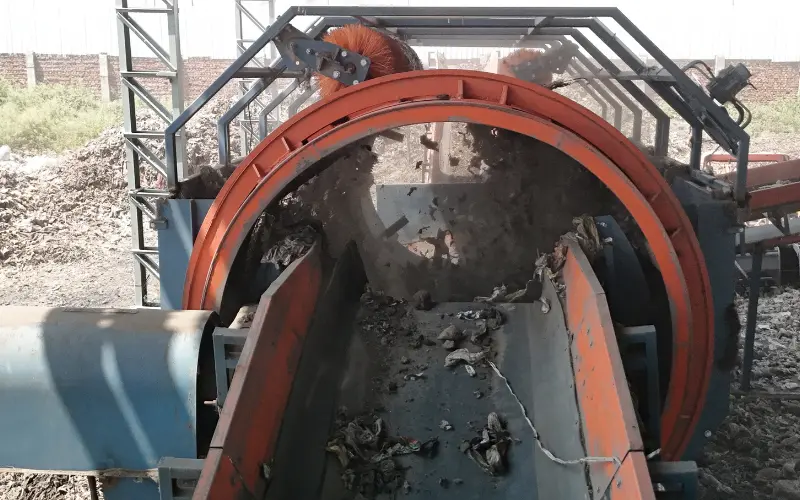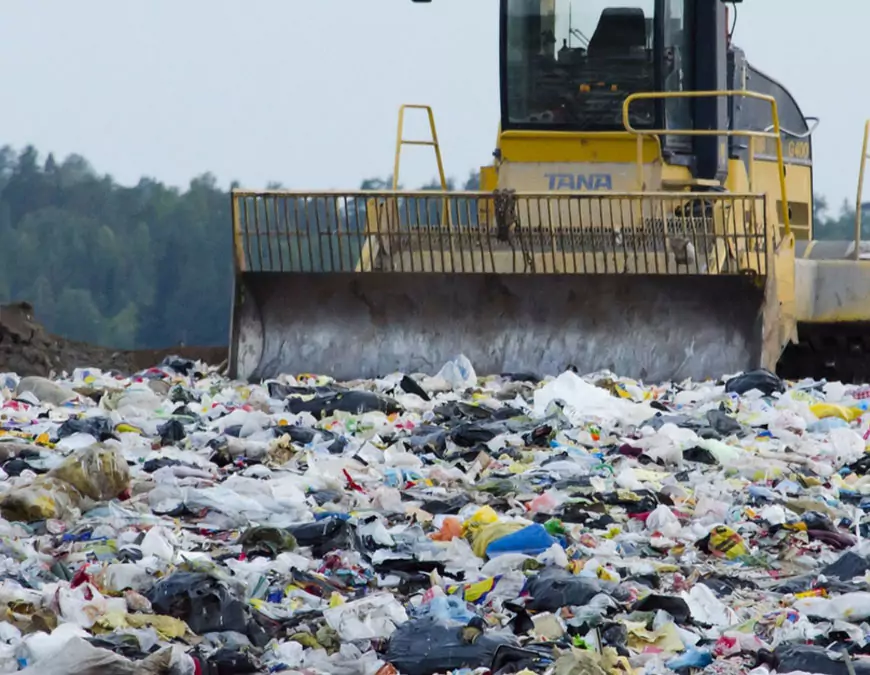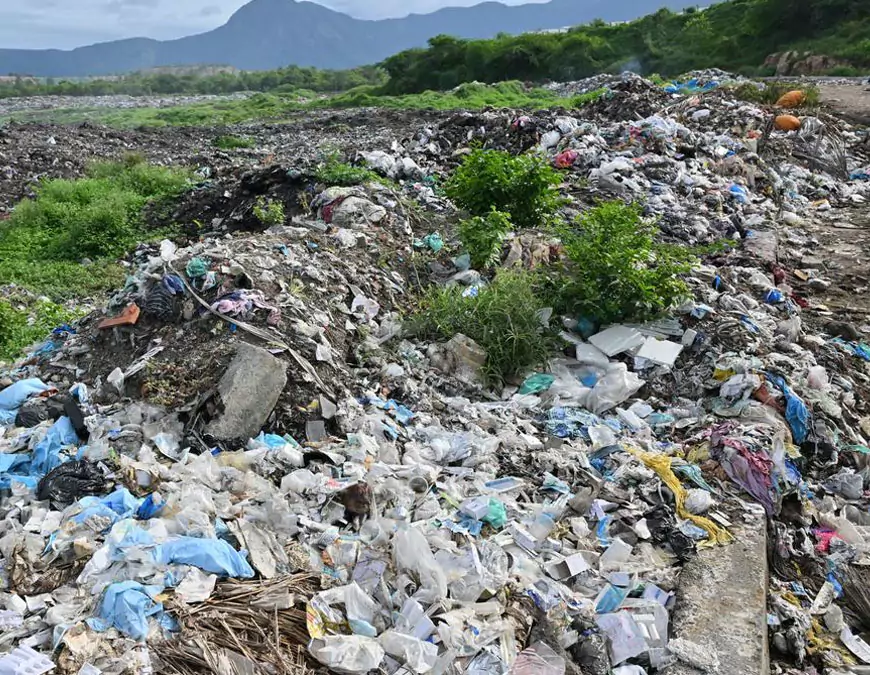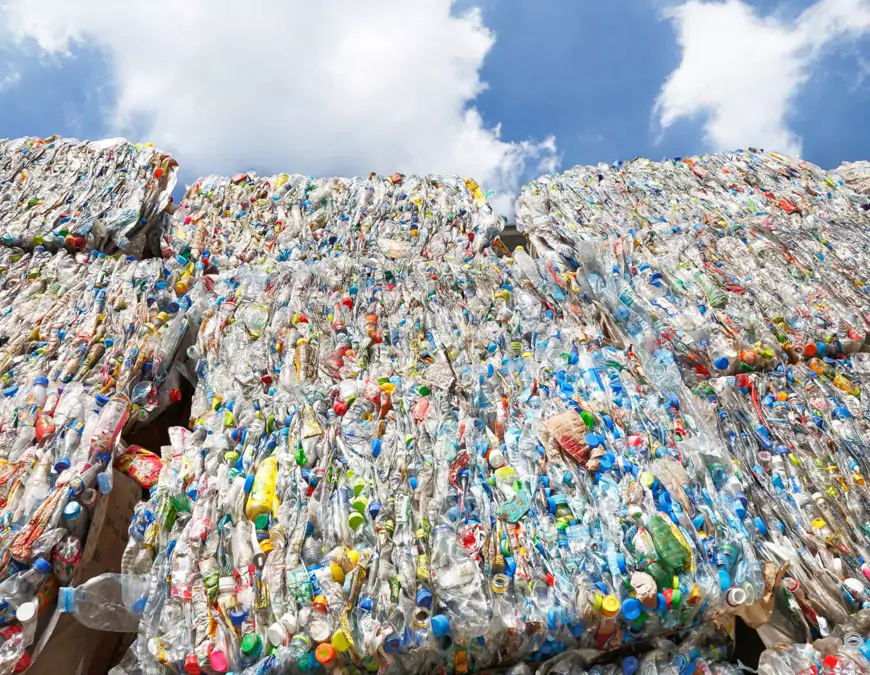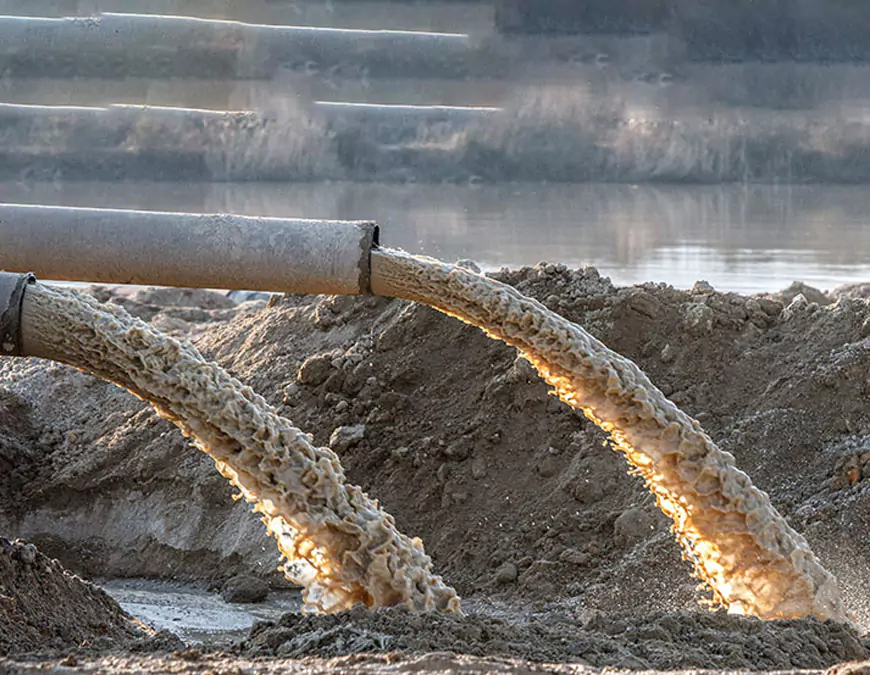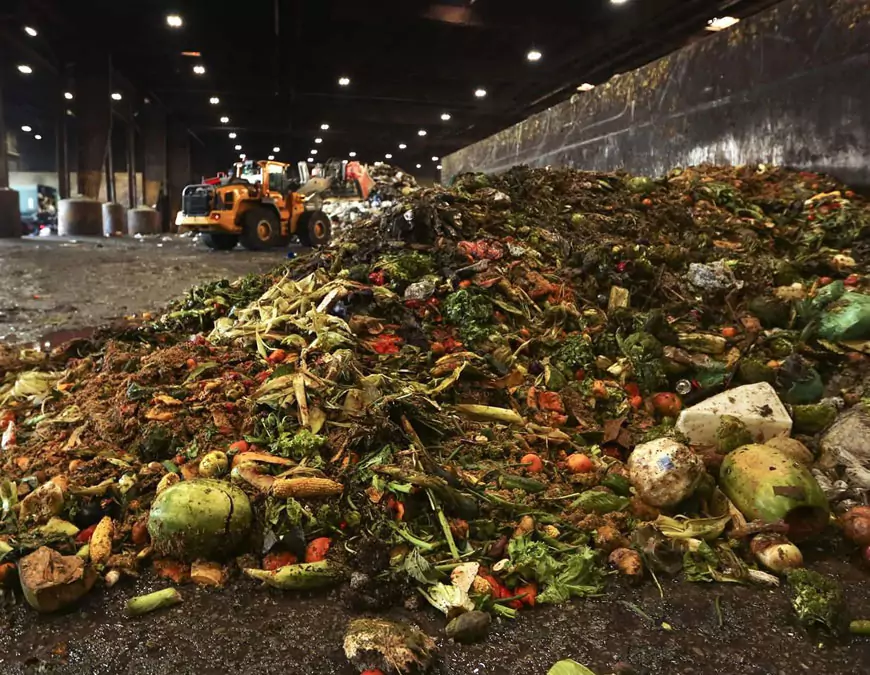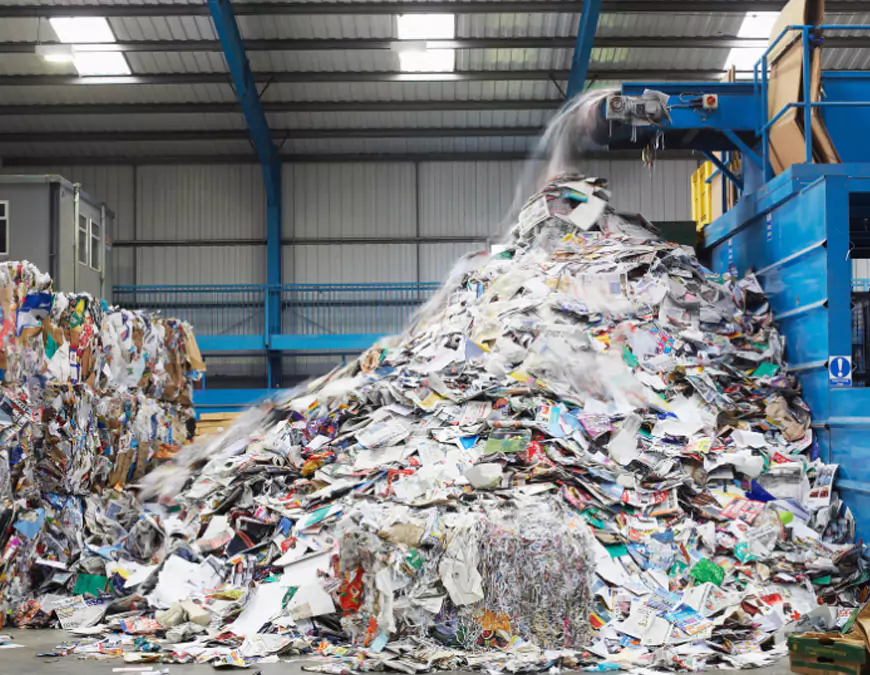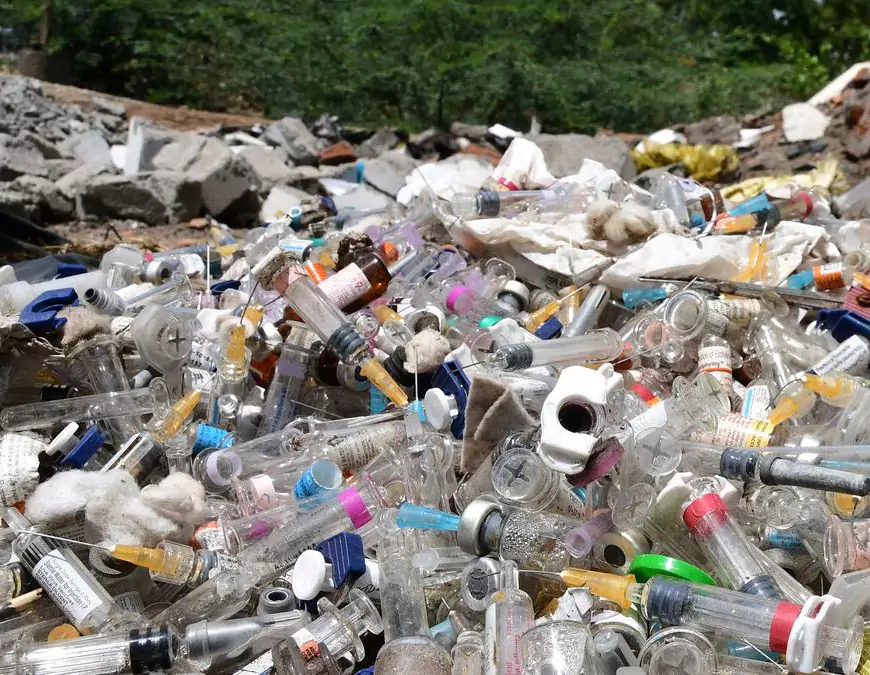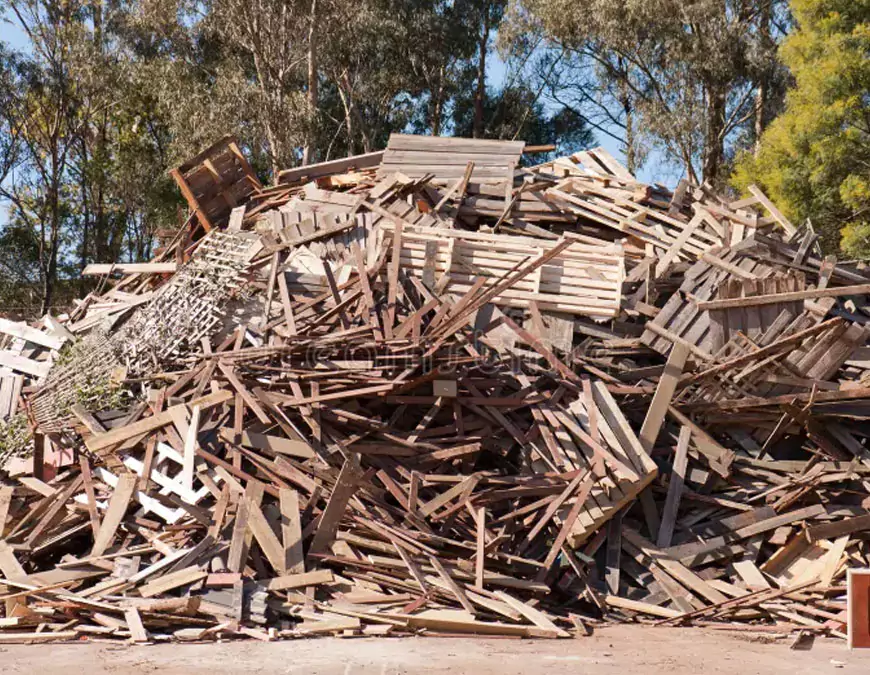Types of Textiles Waste
- Used Textile : Garments that are no longer wearable or have been replaced with new ones.
- Textile Scraps: Off-cuts from the Textile manufacturing process.
- Industrial Textiles: Materials used in industries such as automotive or manufacturing that are no longer needed.
- Worn-Out Upholstery: Furniture coverings that have reached the end of their useful life.
- Linens and Bedding: Old sheets, towels, and other household textiles.
Importance of Textiles Waste Management
- Environmental Protection: Proper management reduces the impact of textiles on landfills, where they contribute to soil and water contamination.
- Resource Conservation: Recycling textiles helps conserve natural resources, such as cotton, wool, and synthetic fibers, which require significant energy and water to produce.
- Energy Recovery: Textile waste can be converted into energy through waste-to-energy technologies, helping to reduce dependence on fossil fuels.
- Waste Reduction: Reduces the amount of textiles that end up in landfills, contributing to a more sustainable, circular economy.
- Sustainable Fashion: Promotes the reuse and upcycling of old Textiles, encouraging a move toward more sustainable practices in the fashion industry.
Key Components of Clothes / Textiles Waste Management
Recycling and Repurposing
Textile that is no longer wearable can be shredded, spun into fibers, and turned into new textiles.
Our Solutions to Manage Clothes / Textiles Waste
At Alfa Therm Limited, we offer innovative, eco-friendly solutions for managing clothes and textiles waste, including:
Benefits of Effective Textiles Waste Management
- Environmental Sustainability: Reduces the environmental impact of textile waste, preventing it from polluting landfills and waterways.
- Resource Recovery: Recovers valuable materials such as cotton, wool, and synthetic fibers that can be reused in the production of new textiles or other products.
- Energy Generation: Converts textile waste into renewable energy, reducing reliance on non-renewable energy sources and contributing to a more sustainable energy system.
- Waste Reduction: Reduces the volume of waste sent to landfills, helping to alleviate the global issue of textile waste accumulation.
- Regulatory Compliance: Helps businesses comply with growing regulations around waste management, recycling, and sustainable practices in the textile industry.
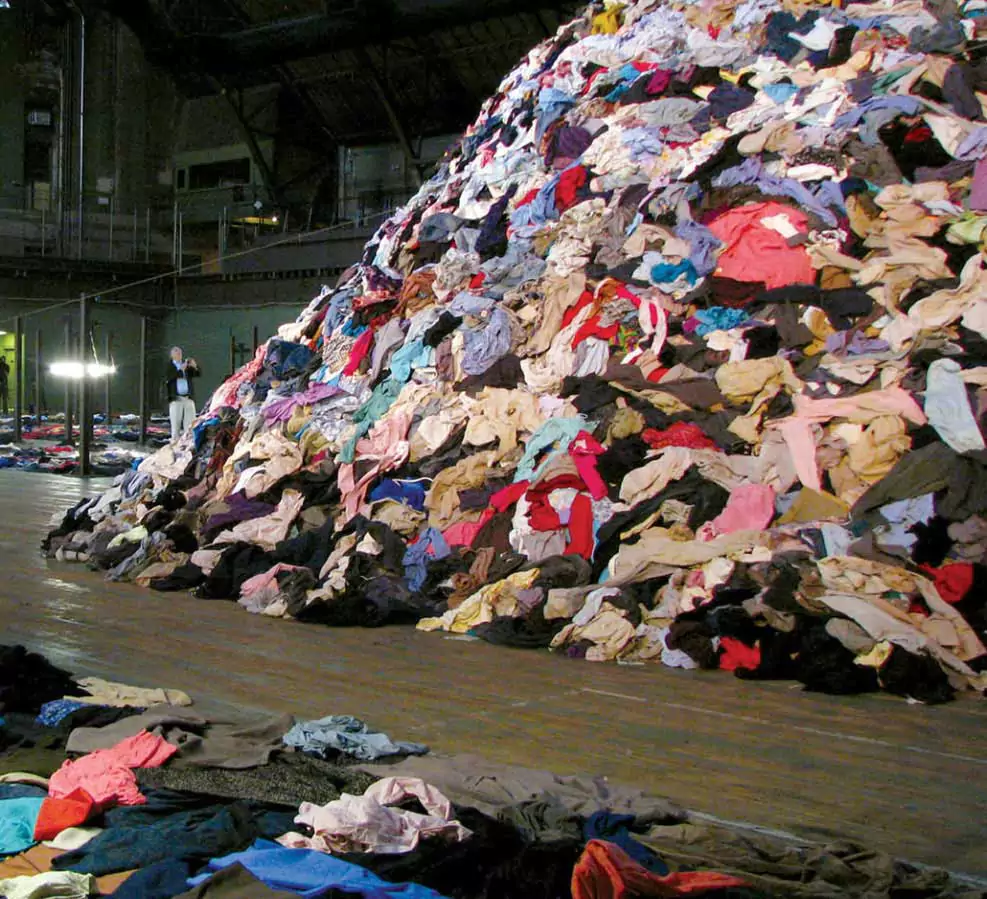
Other Industries We Serve
Struggling with Waste Management challenges?



